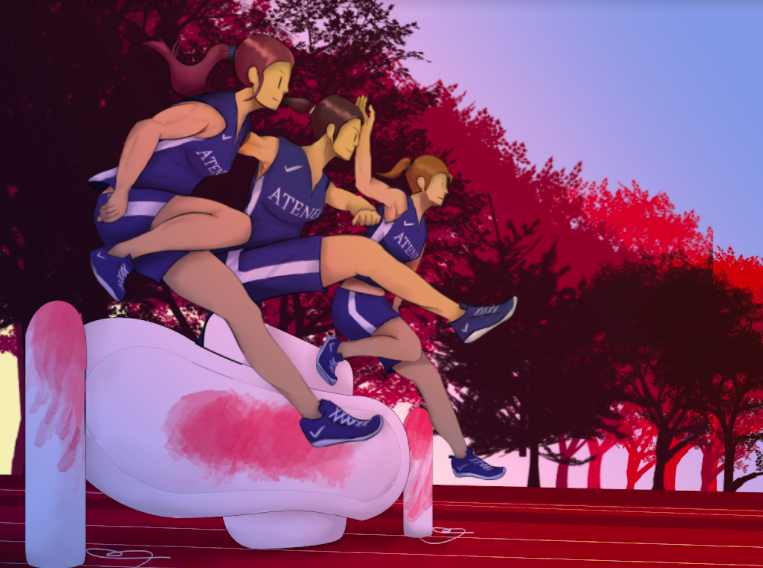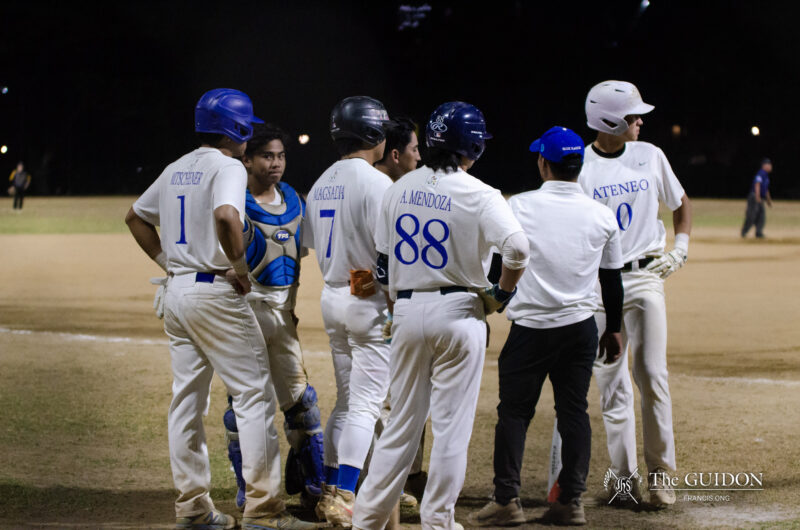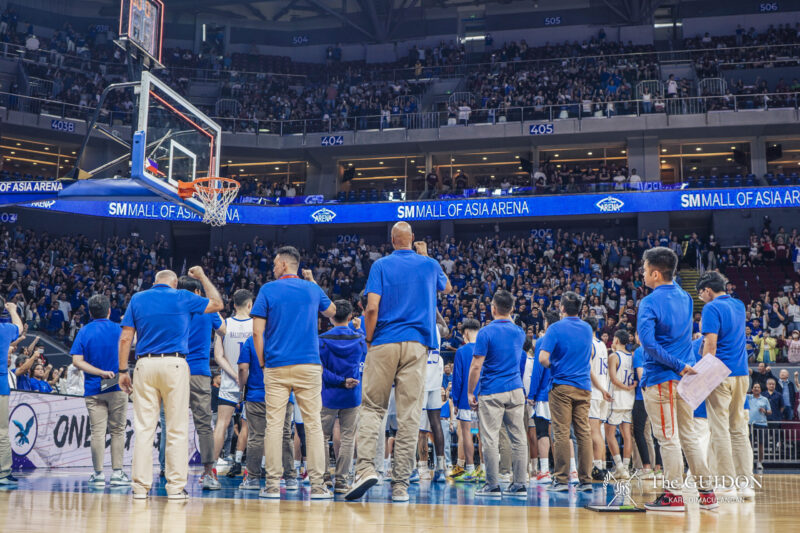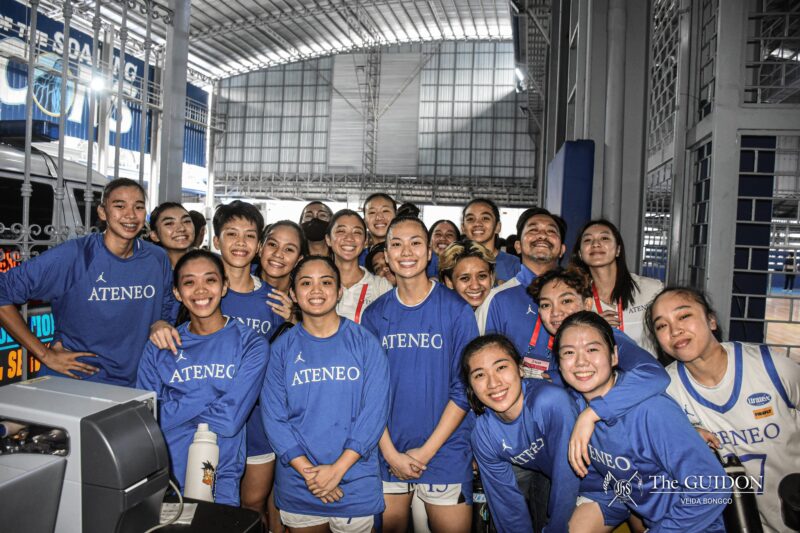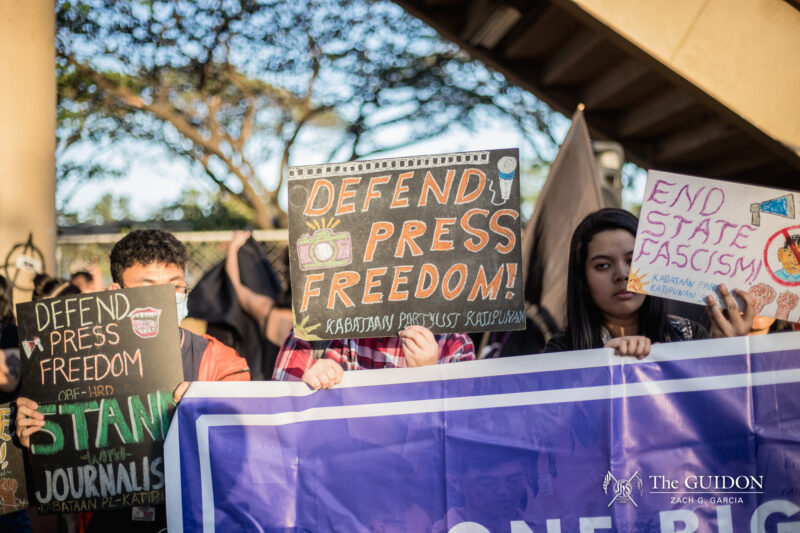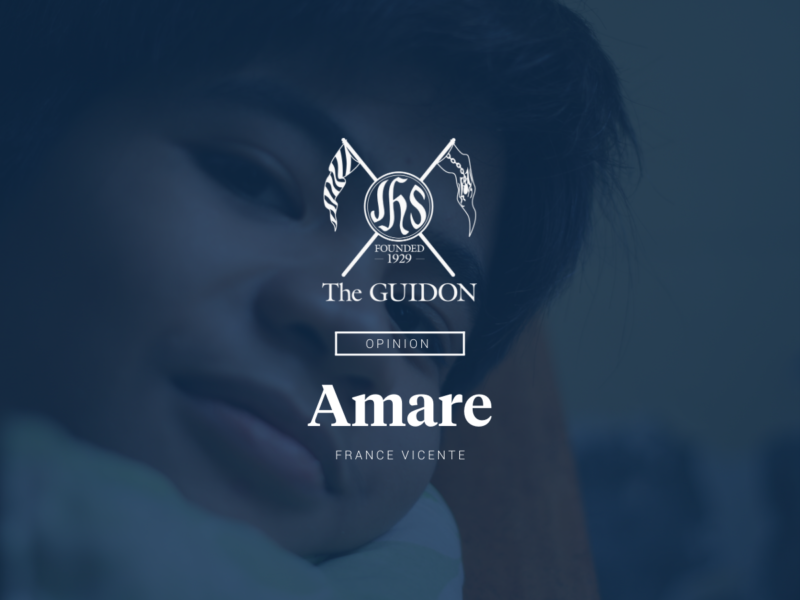THROUGHOUT SPORTS history, female athletes have faced numerous challenges—from objectification in popular media to inequality and underrepresentation in daily sports coverage. While the past decade has seen an improvement in the perception and treatment of women in sports, there is little to no discussion regarding a female athlete’s menstrual cycles. This is a result of the mostly-male coaching ranks, a lack of sports-science research on women, and public silence on the topic.
With the absence of discourse on the matter, many university sports programs have been inefficient in catering to their athletes’ menstrual profiles. In Ateneo, the sports programs’ lack of knowledge regarding periods and its impact on an athlete’s performance has ultimately caused inconsistent training regimen across its female varsity teams. In order to create a more conducive sporting environment for female athletes to thrive, the University should place more emphasis on incorporating menstrual awareness in its sports programs.
The female experience
Although it is common knowledge that the menstrual cycle causes changes in a woman’s body, many coaches and trainers fail to address its effects on an athlete’s physical condition and motivation in sports. When women menstruate, a drop in their estrogen and progesterone levels causes them to experience physical symptoms such as abdominal pain, reduced energy levels, and nausea. In particular, these hormonal imbalances imply fluctuations in their strength, metabolism, and injury risk.
Aside from these physical nuances, psychological effects such as rapid changes in mood to concentration difficulties also affect athletes on their red days. These erratic changes in both mind and body usher in difficulties for women in executing high-intensity workouts, leaving some professional athletes to opt for lower-volume exercises during their periods.
While these symptoms remain inescapable for even the world’s top-level athletes, there are several ways to alleviate a monthly period; this includes the heightening of discourse and modification of training programs to support menstruating athletes.
Overcoming red days
In the intercollegiate scene, members of the Blue and White continue to struggle against the lack of proper discourse regarding a woman’s period. For instance, some athletes choose to stay silent due for fear of not being taken seriously. “When I get my period, I always take painkillers before training because I feel like [my coaches] wouldn’t understand. They might think I’m faking it,” shared Ateneo Women’s Basketball Team Senior Jhazmin Joson.
Another challenge that female athletes struggle with is the expectation to fulfill their coaches’ demands despite their menstrual woes. “If ever I have [menstrual cramps], parang my coach doesn’t want me to stop swimming, so I still have to train. I think they’re trying to establish mental training as well,” voiced FAST Ateneo Women’s Swimming Team Sophomore Rona Lalimo.
While some coaches and staff members in the University seem unaware of the inner battles that these Lady Eagles face, other teams with female coaches are more empathetic towards those who bring up their period-related symptoms.
According to Nica Navarro, a former Physical Therapist (PT) and Strength and Conditioning (S&C) coach at the Moro Lorenzo Sports Center, many athletes have openly come to her to address issues concerning their menstrual cycles. During her time as a PT for the Ateneo Women’s Football Team (AWFT), Navarro included menstrual hygiene products, ointments, and over-the-counter painkillers in the team’s medical kits.
Meanwhile, former AWFT S&C Coach Dox Delos Reyes adjusted his training regimen to cater to athletes’ menstrual-related needs. “Careful lang ako with exercises na magbibigay ng low-back stress. Kung kaya i-maintain muna or lessen the weight para lang walang pain (I’m careful with exercises that may give low-back stress—whether the athlete can maintain the weight or not, just so it won’t cause pain),” Delos Reyes shared.
While some coaches and trainers continue to create more conducive spaces for women, other teams still have a long way to go in developing awareness and knowledge regarding women and their monthly struggles.
From taboo to discourse
To yield a progressive training environment, athletic personnel must be willing to address their athletes’ problems and initiate healthy dialogue with them. However, this all boils down to the understanding of coaches towards their athletes’ woes. “You can make a conducive environment for women by understanding the difference between male and female bodies. You have to accept that women’s hormones are always fluctuating [unlike] men,” Navarro stated.
Apart from acknowledging the key physical differences between the sexes, coaching staffs should educate themselves on the relationship of the menstrual cycle and athletic performance. By doing so, coaches and physical therapists could further modify individual S&C training to optimize their athletic load. Studies have shown that adjusting a workout regimen and diet around an athlete’s menstrual cycle could aid in achieving optimal performance as this could maximize muscle performance and recovery while avoiding orthopedic-related injuries.
Finally, it should also be understood that each woman possesses a unique female physiology. This means that athletes’ cycles and symptoms should be taken into consideration on a case-to-case basis. While some athletic staff may overlook receptiveness toward menstrual effects, better rapport between athlete and coaching staff would aid in catering to each member’s menstrual profiles. Likewise, it is essential to encourage female athletes to talk about their underlying conditions to their coaches to create a more seamless training program in light of their menstrual cycle.
The veil
While there have been valiant efforts to address the concerns of female athletes, a handful of these continue to inch along the narrow space for discourse. Instead of receiving empathy for their menstrual woes, female athletes are still exposed to microaggressions surrounding their period.
Although fostering a culture of excellence is vital for sports programs, providing female athletes with a healthy environment to thrive is just as important. “At the end of the day, I’m not just an athlete, I’m a woman as well. It’s more understanding [that I want from the program],” voiced Lalimo.
If the Ateneo sports program truly wants to empower its athletes, the University should recognize the need for a more progressive outlook on female athletes’ woes. The first step in aiding women in both their athletic and corporal battles is to pierce the hostile veil surrounding their monthly period.

